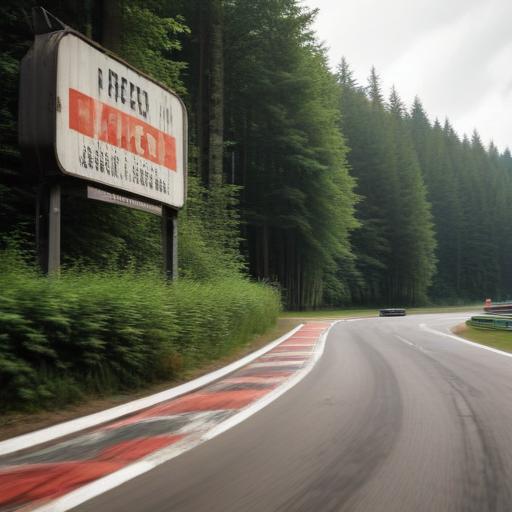Each summer, motorsport enthusiasts flock to the picturesque Belgian countryside to witness the iconic Formula One Belgian Grand Prix at Spa-Francorchamps, a track renowned for its rich history and breathtaking landscapes. Nestled in the Ardennes forest, this 7km circuit is a symbol of motorsport tradition, attracting both drivers and fans alike.
Since its first race in 1950, Spa-Francorchamps has become a significant part of F1 history, owing much of its allure to legendary moments such as Mika Häkkinen’s stunning double overtaking maneuver in 2000 and Max Verstappen’s remarkable comeback win from 14th position in 2023. Ayrton Senna, who secured five victories at this beloved track, hailed it as his favorite, a sentiment shared by many current drivers.
Spa’s challenging layout features 19 corners, with the Eau Rouge and Raidillon sections standing out as benchmarks of both skill and audacity. Drivers describe the experience as exhilarating, though it comes with inherent risks. Unfortunately, the track has been the site of several tragedies, including the fatalities of drivers Anthoine Hubert and Dilano van ’t Hoff in recent races due to crashes at Raidillon under challenging conditions.
In response to these safety concerns, Spa implemented changes in 2022, like reintroducing gravel traps and adjusting barriers, yet some critics argue more needs to be done, especially in wet conditions which can lead to reduced visibility and increased danger. George Russell expressed his concerns, likening the hazardous situation to driving without functioning wipers in heavy rain.
As discussions surrounding safety continue, the future of Spa on the F1 calendar hangs in the balance. Once viewed as invulnerable, the track faces potential removal from the schedule in 2028 and 2030 in favor of newer venues in regions like Thailand and Argentina. This reflects a broader trend within Formula One where commercial interests sometimes overshadow historical circuits, stirring debate over the sport’s direction.
The introduction of Netflix’s Drive to Survive has significantly boosted F1’s popularity, particularly in the US market, contributing to increased attendance and new broadcasting deals. However, as the sport embraces flashy venues in wealthier markets, concerns arise about losing the cherished traditions and unique character that tracks like Spa embody.
Despite these challenges, the Belgian Grand Prix remains a vital part of the F1 calendar, with fans and teams eagerly awaiting another season of thrilling racing on this historic circuit. This year, attention will also be on how Red Bull performs under new leadership after Christian Horner’s exit and whether McLaren can maintain their competitive momentum. The stakes are high as drivers approach a layout that rewards daring and precision, ensuring that Spa continues to be a cornerstone of motor racing heritage.
